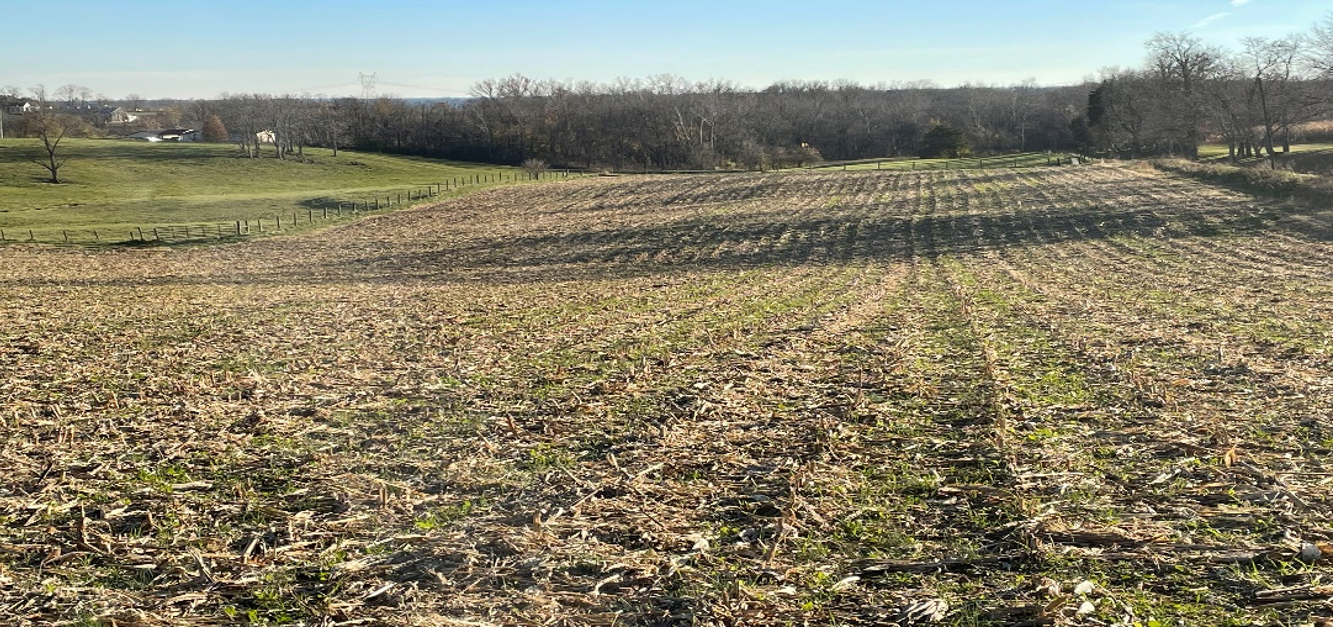AgroInsights- Regenerative Ag
Protecting Rolling Hills for the Next Generation

Jon Craig, Southern Ohio & Kentucky District Sales Manager
It’s no secret that farming hillsides and slopes can be difficult and often frustrating. However, beauty is in the eye of the beholder, and that’s especially true when it comes to managing your terrain for production. Whether it's row cropping or cattle farming, we must be able to utilize and maintain the farm ground we have to be able to pass it on to the next generation.
If we were to all look back 100 years ago, I think we all would say farming has changed drastically. One of the biggest changes I have noticed in my own farming operation is the dreaded dead furrow from the moldboard plow. One hundred years ago, the Mold Board plow was a very common farm implement, or at least it was here in the Ohio River Valley. They were utilized year in and year out to work the dirt to prepare a seedbed for crops to be planted. The disadvantage of rolling/sloped ground is potential erosion/soil loss from heavy rains (not just the dead furrows). But thankfully, times change, and so do our methods.
It’s been thought that somewhere around the early 1960s, No-till was in its beginning stages. Thankfully for our farm and many others, that concept was eventually adopted by many, and the farm ground we currently use is still in production to this day. Around the same time, another idea took place called cover crops. Another brilliant idea is to help maintain and hold soil in place to prevent erosion/soil loss.
On topography, similar to mine, cover crops are vital to not only sequester available nutrients after the crop is harvested but also to hold the ground in place for the next year. Cover crops provide many other benefits as well, but soil protection is by far the biggest perk in my eyes. We, as farmers, spend dollars upon dollars figuring out how to get our soils to produce the most they can, and cover crops to me is one of the methods I can utilize to help preserve it for my children.
The challenge to covering crops, besides the expense, is the timing of establishment in many years. Late harvests and early winters can often deter farmers from trying to implement a good cover crop program. Thankfully, with technology coming along like it has, drone applications have helped negate this very dilemma. Pictured below is a cereal rye and daikon radish mix spread into standing corn by a drone two weeks before corn harvest.
Hopefully, as time and technology go along, we can all implement something to preserve what George Washington calls “The most healthful, most useful, and most noble employment of man” ……. Farming!
Contact your local NACHURS® rep or retailer for more information.












